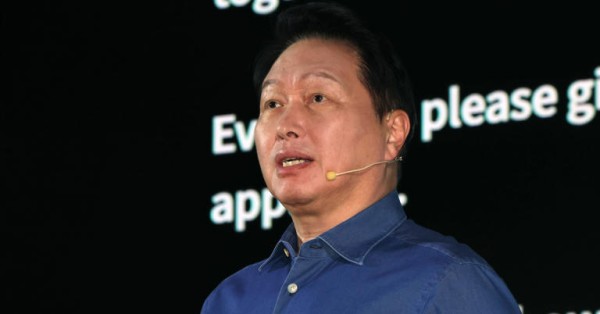The definition of open is not a religious statement about maximizing the number of different vendors we can have. It’s a statement about being transparent and open about the solution being provided and giving optionality to the customer about how different supply chains can be linked into that open solution.
Previous Generation: Black Box
The previous generations of mobile have increasingly become opaque and black boxes. The way they have scaled is through the delivery of highly integrated solutions from limited suppliers.
Supply Chain Restrictions
We have seen the challenges now that the supply chain has become very restricted. And the innovation has left the telecom industry because there is no way to introduce new thoughts or new business because it is a closed, opaque solution.

Now, with open interfaces, it allows you to reimagine how you want to put together the solution to provide that coverage. For example, Rakuten Mobile, has nine different radio vendors providing coverage across the full spectrum of requirements. They are all managed the same way that provides the operational scale and efficiency. So optionality, transparency, and openness are keywords in the open way forward.













































